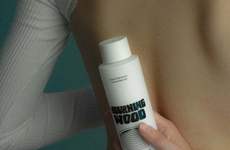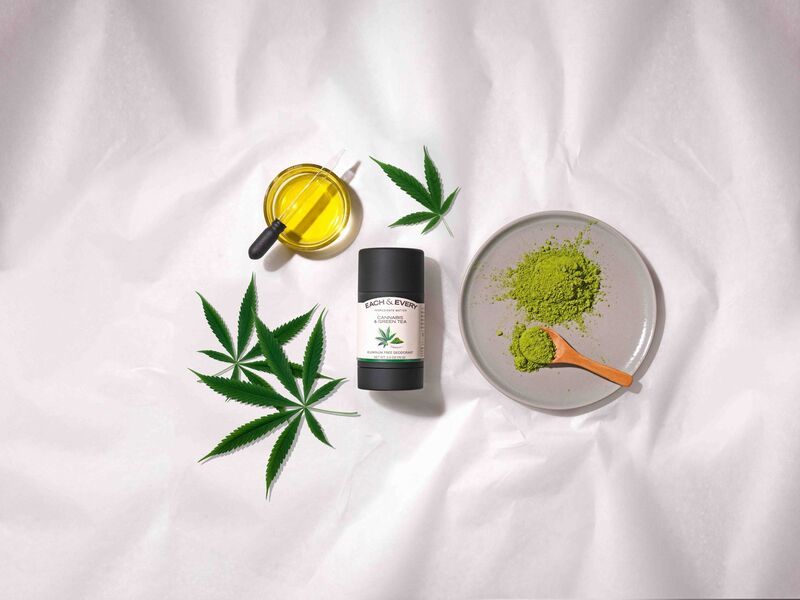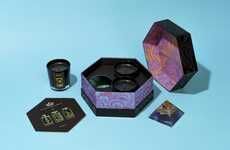
Each & Every Deodorant Uses Cedar Tree Byproducts in its Formulas
Elena Rahman — September 10, 2021 — Fashion
References: amazon & eachandevery
Each & Every uses upcycling processes to formulate its deodorants. The sustainable self-care brand helps reduce waste from the furniture industry with its innovative manufacturing. The cedarwood oil found in Each & Every's natural deodorants is sourced from cedar tree byproducts.
Oils are extracted from sawdust, shavings, and other bits and pieces of wood discarded by furniture companies. The upcycled oil boasts a unique manufacturing process as it combines two unlikely industries - furniture and cosmetics - to extend the life cycle of wood.
The brand offers Cedar & Vanilla scented deodorant, boasting a blend of rugged sweetness. It also offers a warm Sandalwood & Black Pepper fragrance and a refreshing Cannabis & Green Tea scent.
Image Credit: Each & Every
Oils are extracted from sawdust, shavings, and other bits and pieces of wood discarded by furniture companies. The upcycled oil boasts a unique manufacturing process as it combines two unlikely industries - furniture and cosmetics - to extend the life cycle of wood.
The brand offers Cedar & Vanilla scented deodorant, boasting a blend of rugged sweetness. It also offers a warm Sandalwood & Black Pepper fragrance and a refreshing Cannabis & Green Tea scent.
Image Credit: Each & Every
Trend Themes
1. Upcycling in Cosmetics - The trend of upcycling wood byproducts in cosmetics products can inspire other brands to explore sustainable sourcing options and reduce waste.
2. Cross-industry Collaboration - The collaboration of unlikely industries such as furniture and cosmetics can lead to innovative, sustainable manufacturing processes and product development.
3. Natural Scented Deodorants - The trend of offering natural, non-toxic scented deodorants can attract consumers who prefer eco-friendly and health-conscious products.
Industry Implications
1. Cosmetics - Cosmetic brands can explore sustainable sourcing options and upcycling processes to reduce waste and appeal to eco-friendly consumers.
2. Furniture - Furniture companies can collaborate with cosmetic brands to find new uses for waste wood byproducts and diversify their revenue streams.
3. Eco-friendly Products - The trend of offering eco-friendly products can open up new markets for companies and attract consumers who are environmentally conscious.
5.4
Score
Popularity
Activity
Freshness























